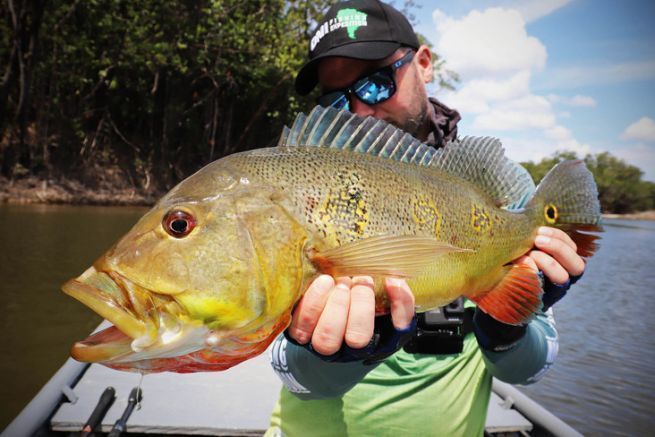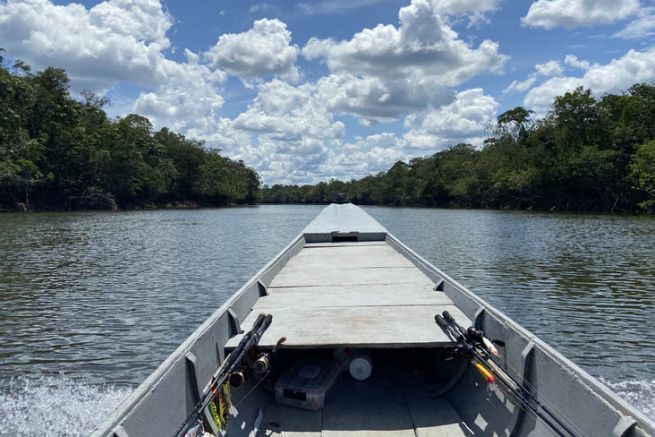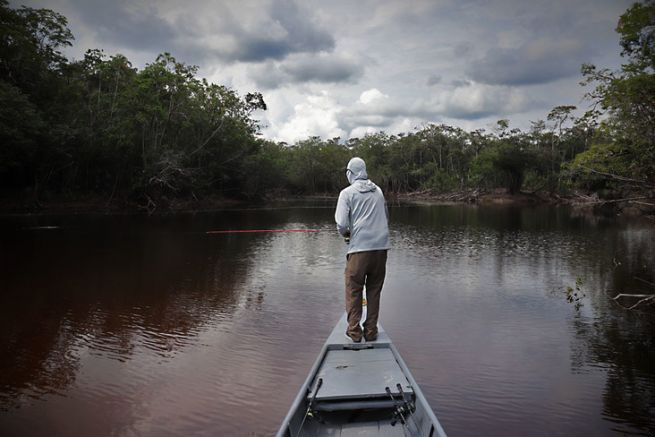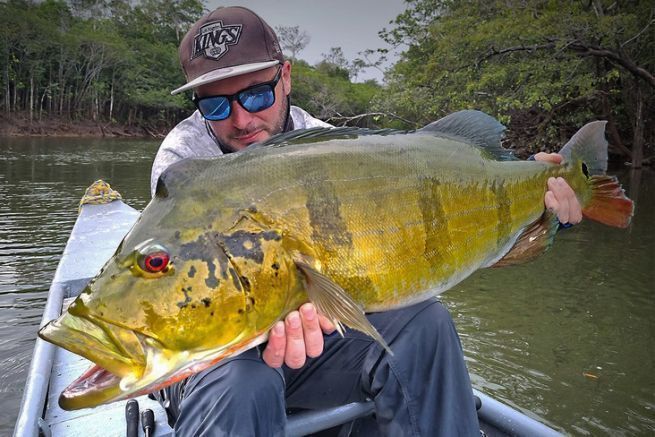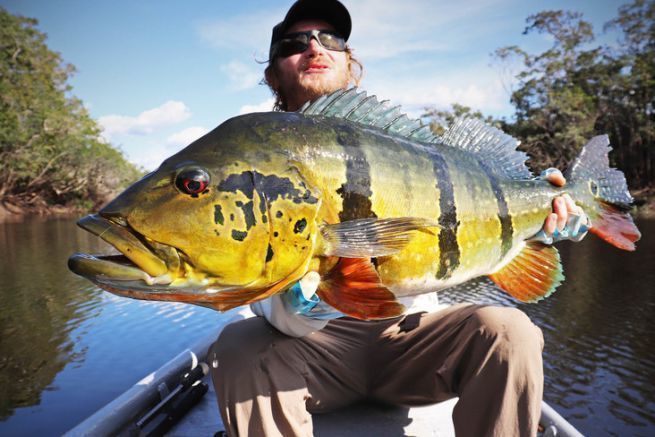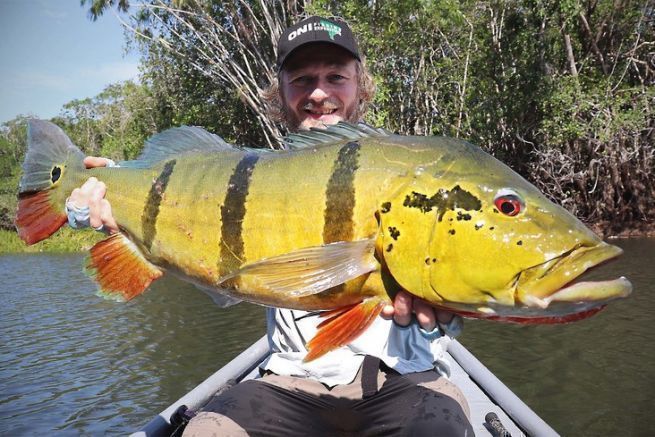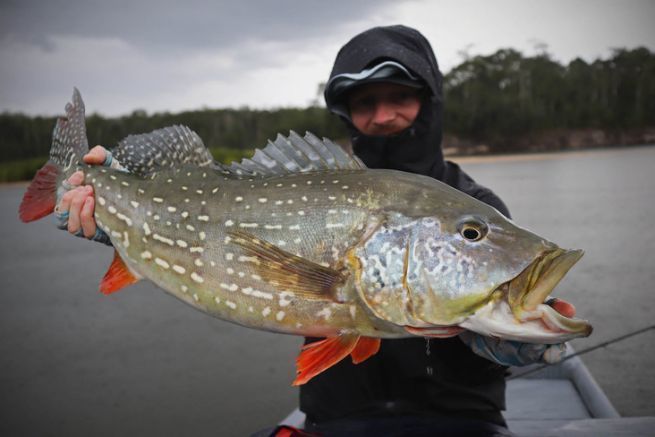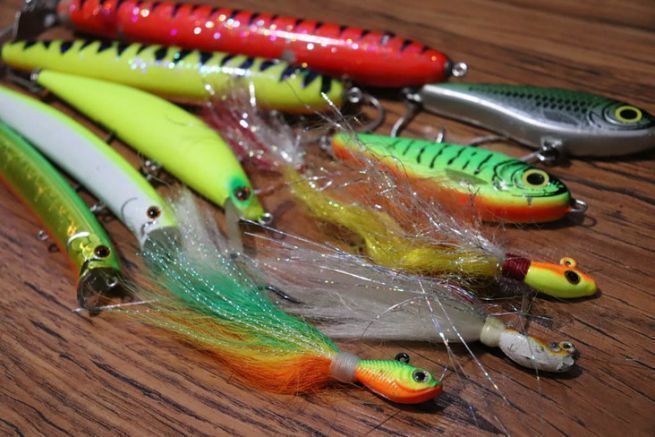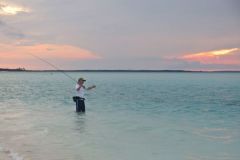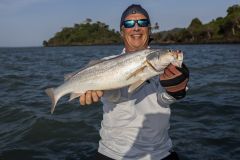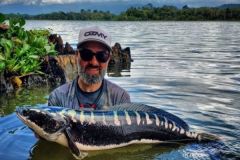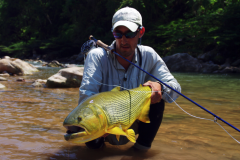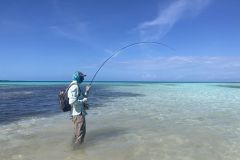The beginning of a fishing trip is always a complicated phase, because it corresponds to the discovery of the place and requires a time of adaptation. We gathered some information about the lures that worked well in the previous weeks, such as spinnerbaits and small jerkbaits. By affinity, I use jerkbaits, because I am not a fan of spinnerbaits.
The spinnerbait, a suitable lure
The spinnerbait is therefore a lure that I do not use, certainly wrongly, because it is a lure that is often used to fish for peacock bass, especially by Brazilians. Concerning the choice of this lure, you should not go overboard and take standard size models. On the other hand, the peacock bass tends to gobble the lure entirely, with the paddles. You should therefore use models on which the space between the hook and the paddles is minimal, or reduce it by twisting the lure a little. In addition, the part on which the paddles are fixed must not resist to easily release the tip of the hook, so flexible models that deform are to be favored.
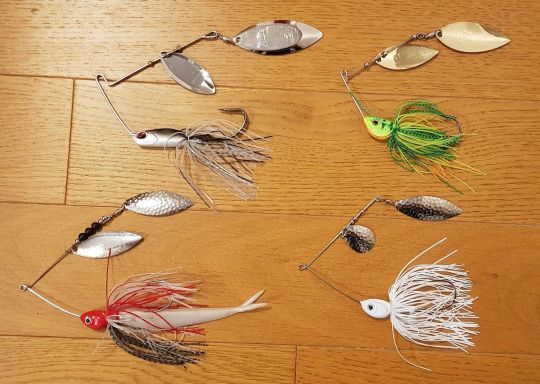
Two behaviors, two approaches
For this first day, I fish mainly with small jerkbaits on the edges and I use hard swimbaits of 15-18 centimeters in the middle of the lagoon, to hope to trigger a big fish.
At the end of the morning, at the exit of the lagoon, I see a very big peacock bass following my swimbait, but it did not try to swallow it at any time, it just seemed to want to escort the lure to make sure that it leaves its protection zone.
Indeed, the peacock bass is a territorial fish, and there are two types of attacks. A first attack which will result from a desire to feed, so in this case the fish will swallow the lure, and a second attack which consists in moving away the lure, which corresponds to a protection of its territory, often in this case the fish do not bite.
There are two fishing strategies to apply. Either to use small lures in a slow way, to encourage the peacock bass to feed, here the bucktail jig is the lure par excellence. Or to use bigger lures in a fast way to play the card of aggressiveness and push the peacock bass to attack by reflex. It is in this last case that the lures with propeller make their appearance.
It's a bit simplistic to say this, but the fishing method for these behaviors could be summarized as:
- Small lure = slow recovery speed
- Big lure = fast recovery speed
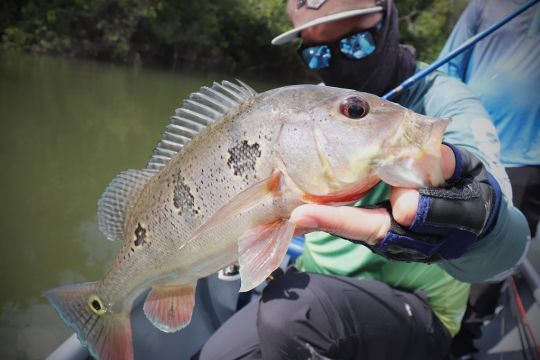
Debriefing of the day
On this first day, the observation is the same for all the fishermen, including those who have already stayed here in the past, fishing is difficult and the fish are not very receptive to lures. Anyway, you have to persevere, because whatever the destination, fishing is rarely easy and there is necessarily a time of adaptation!
